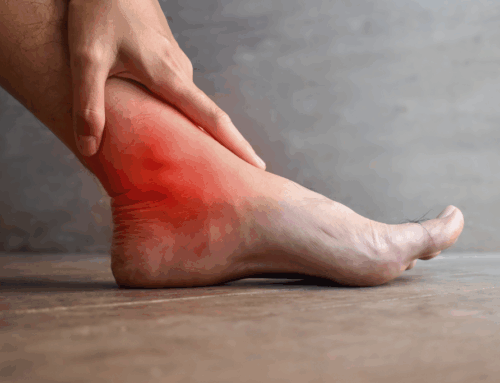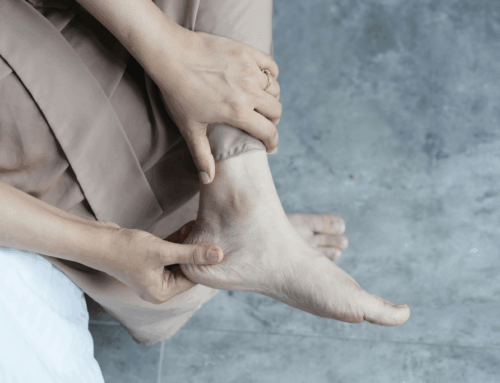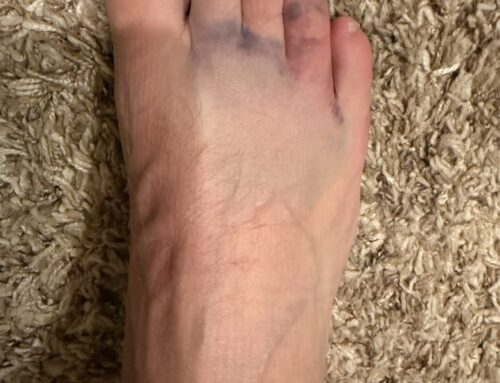Footwear does a lot of heavy lifting in daily life—during errands, long workdays, or weekend activities. The right fit and basic support can make a noticeable difference in how your feet feel by the end of the day. Below are general, non-medical tips (not a substitute for clinical advice) to help you think through fit, wear, and simple habits that support comfort.
Start with Fit: Room for Toes, Secure at the Heel
Comfort begins with space for your toes to move naturally and a heel that stays put without slipping. If your toes feel squeezed or your heel slides with each step, the shoe may be working against you. Remember that sizing can vary by brand, so it’s reasonable to try a few options—ideally later in the day when feet are slightly larger.
Support That Matches Your Daily Life
Consider where you spend the most time: hard floors at work, the trail on weekends, or long stretches on your feet. A well-constructed midsole and supportive insole can help make repetitive steps feel easier. Some people also benefit from removable insoles that allow room for custom or over-the-counter inserts when recommended by a clinician.
Replace Worn Shoes Sooner Than You Think
Even supportive shoes lose cushioning and structure over time. If you notice uneven wear on the outsole, a compressed midsole, or new aches by day’s end, it may be time to rotate in a fresh pair. Runners, retail and healthcare workers, and other people who are on their feet a lot may benefit from replacing footwear more frequently.
Match the Shoe to the Activity
Sport-specific or task-specific shoes exist for a reason. Designs vary in flexibility, tread, and upper support. If your routine includes regular walking, running, or court sports, consider a shoe made for that purpose to balance comfort and control.
Socks, Lacing, and Small Tweaks
Socks can change how a shoe feels and fits. Moisture-managing fabrics and appropriate thickness can help with comfort, especially in warmer months or for longer days on your feet. Lacing techniques that relieve pressure on the top of the foot or improve heel lock can also fine-tune fit.
When It’s Time to Ask for Help
If you’re consistently uncomfortable, or if discomfort is limiting daily activities, a specialist evaluation can help you understand what’s going on and what kinds of changes may help. Your care team can also advise on whether inserts or other interventions make sense for your situation.
Learn About Our Approach to Foot & Ankle Care
From everyday discomfort to complex conditions, our team provides comprehensive evaluation and treatment options. To see the range of care we offer, visit our Services page. If you’d like to learn more about our background and training, visit About.
Consumer-Friendly Resources




